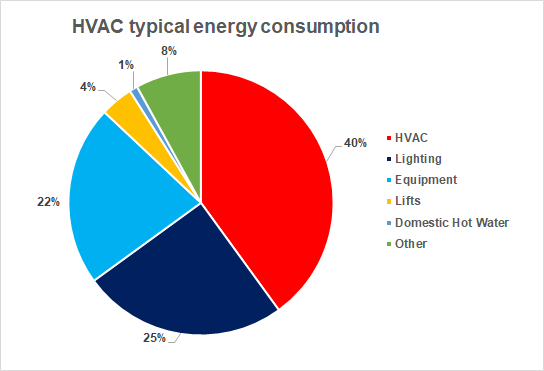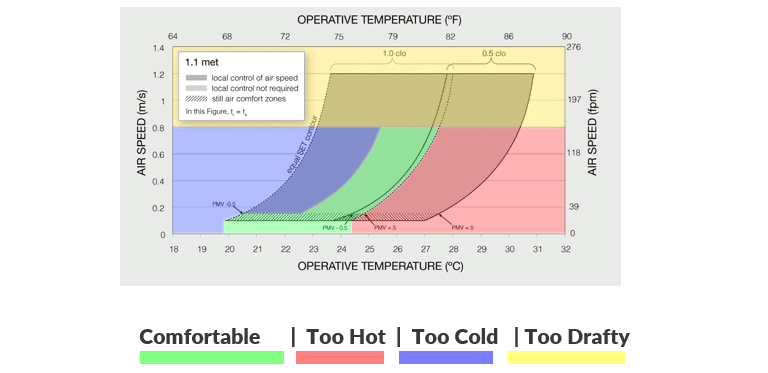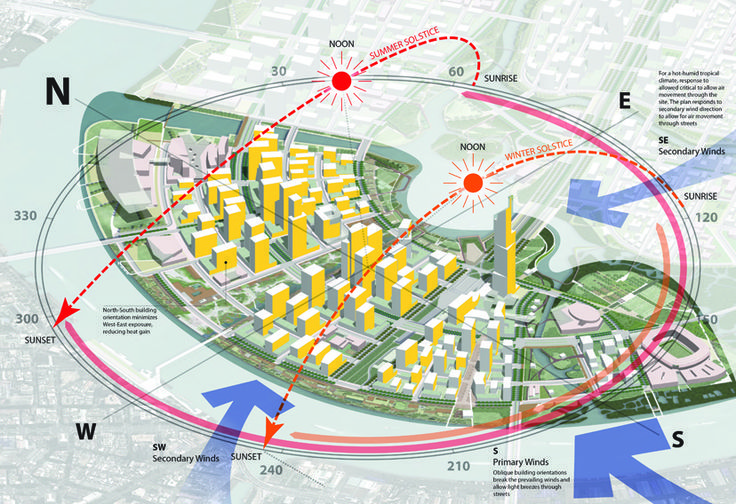Thermal comfort is the state of mind that expresses satisfaction with the thermal environment. It is influenced by air temperature, humidity, air movement, clothing, and activity level. Achieving thermal comfort is important for your well-being and productivity, energy consumption, and environmental impact.

Energy consumption in buildings is mainly driven by the heating, ventilation, and air conditioning (HVAC) systems, which account for about 40% of the total energy use in the residential and commercial sectors. HVAC systems are designed to provide thermal comfort to the occupants by maintaining a certain indoor temperature and air quality. However, HVAC systems can consume much energy and generate greenhouse gas emissions, contributing to climate change and environmental degradation.

Different people have different preferences and needs for thermal comfort, depending on their personal characteristics, clothing, and activity level. Moreover, thermal comfort can vary throughout the day and across seasons, depending on the outdoor weather conditions and the indoor heat gains or losses. Therefore, it is important to understand the factors that affect your thermal comfort and how you can adjust them to suit your needs and preferences.
How to Measure and Assess Thermal Comfort?
The first step to achieving thermal comfort is to measure and assess it. There are two main methods to do this: objective and subjective.
Objective methods use physical measurements of the thermal environment, such as air temperature, humidity, airspeed, radiant temperature, and surface temperatures. These measurements can be obtained using sensors, thermometers, hygrometers, anemometers, pyranometers, and infrared cameras. Objective methods can provide accurate and reliable data on the thermal conditions in a space, but they do not capture how people perceive and respond to them.

Thermal environment of a building
Subjective methods use surveys, questionnaires, interviews, or observations to collect feedback from the occupants on their thermal sensations, preferences, and satisfaction. Subjective methods can provide valuable insights into how people feel about the thermal environment, but personal factors, such as expectations, preferences, mood, health, culture, and adaptation can also influence them.
Both objective and subjective methods have their advantages and limitations. Objective methods can provide quantitative and consistent data that can be compared across different settings and scenarios. However, they cannot capture the individual and situational variations that affect thermal comfort. Subjective methods can provide qualitative and contextual data that reflect the experience and preferences of the occupants. However, they can be influenced by biases, expectations, and social factors that may distort the results. Therefore, it is recommended to use a combination of both methods to obtain a comprehensive and accurate assessment of thermal comfort.
The most widely used standard for measuring and assessing thermal comfort is ASHRAE Standard 55: Thermal Environmental Conditions for Human Occupancy. This standard defines the range of conditions acceptable for most occupants in a given space, based on objective and subjective methods. The standard also guides how to design and operate buildings for optimal thermal comfort.

ASHRAE 55: Thermal comfort chart
How to achieve thermal comfort while minimizing energy consumption?
One principle is to design buildings according to the local climate and site conditions. This means taking advantage of natural ventilation, daylighting, passive solar heating, and shading to create a comfortable indoor environment without relying too much on mechanical systems. For example, in hot climates, buildings should have large windows on the north and south sides to allow cross-ventilation and overhangs or louvers to block direct sunlight. In cold climates, buildings should have small windows on the east and west sides to reduce heat loss, and large windows on the south side to capture solar heat.

Another principle is to use high-efficiency equipment and appliances that consume less energy and produce less waste heat. This includes choosing LED lighting, Energy Star-rated appliances, low-flow faucets and showerheads, and smart thermostats that can adjust the temperature according to occupancy and schedule. These devices can also be integrated with renewable energy sources, such as solar panels or wind turbines, to further reduce the reliance on fossil fuels.
A third principle is to adopt behavioral changes that can enhance thermal comfort and save energy. This means wearing appropriate clothing for the season, adjusting the thermostat settings according to personal preference and activity level, opening or closing windows and curtains depending on the weather, and using fans or blankets as needed. These actions can also improve the psychological perception of thermal comfort, as people feel more in control of their environment.
Thermal comfort is a complex and dynamic phenomenon that depends on many factors and varies from person to person and from place to place. Achieving thermal comfort is not only desirable, but also necessary for the health, happiness, and productivity of people, as well as for the energy efficiency and environmental sustainability of buildings. However, achieving thermal comfort also requires careful planning, design, implementation, and evaluation of various strategies and technologies, as well as the participation and collaboration of all the actors involved.
If you are interested in learning more about thermal comfort and how to apply it to your projects, do not hesitate to contact us at glemoinescelles@teraoasia.com.
Explore more:


![[Expertise] How to conduct an energy audit to identify areas of energy waste in business](https://teraoasia.com/wp-content/uploads/2024/06/Expertise-1-150x150.jpg)

Leave A Comment